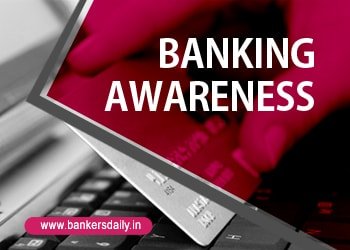CREDIT RISK MANAGEMENT
CREDIT RISK MANAGEMENT
In the process of financial intermediation, the banks are confronted with various kinds of financial and non- financial risks viz, credit, interest rate, foreign exchange rate, liquidity, equity price, commodity price, legal, regulatory, reputational , operation , etc.
What is credit risk?
The credit risk refers to the possibility of loss that the bank or financial institution may suffer as a consequence of inability of the counter- party (i.e. the borrower, who is operating in an environment having many uncertainties resulting in threat to meet its repayment or other commitment / s as per agreed conditions and commit default.
Different kinds of credit risk:
The credit risk is generally made up of transaction risk or default risk and portfolio risk.
The portfolio risk in turn comprises intrinsic and concentration risk.
The transaction risk is the risk arising from an individual transaction or a counter- party or borrower’s default in meeting the commitment.
The intrinsic risk is the risk which is inherent in respect of an activity due to the operating environment. This is also termed as industry or activity risk.
The concentration risk refers to the risk which arises as a result of undertaking exposure in only industries or activities or lines of business or borrowers and borrowing groups without ensuing the diversification of the portfolio.




